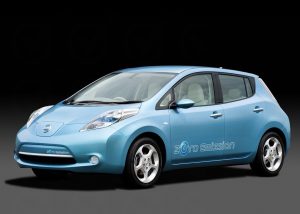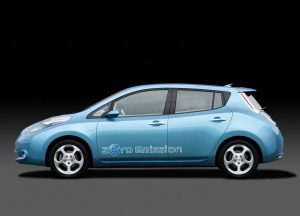Recalls: Nissan Leaf
Overview
Manufacturers, or importers, issue recalls for defects or faults which have the potential to cause injury. Generally, manufacturers will inform the original buyers if their vehicle is subject to a recall and of the steps required to remedy the defect or fault. Please note that the recalls below (if any) are for Australian-delivered vehicles only. Furthermore, the number of recalls should not be taken as an indication of a model’s reliability or its safety more generally.
Recalls: Nissan Leaf
No recall information is available for the Nissan Leaf. To search for recalls of Nissan models, please visit Product Safety Recalls Australia: Nissan.
Problems and faults: Nissan Leaf
Overview
This section identifies potential problems, causes and fixes based on the experiences of owners and repairers, online sources and technical service bulletins. This information is provided solely for reference purposes and AustralianCar.Reviews recommends that only properly qualified persons carry out repairs or modifications. Furthermore, the number of items below should not be taken as an indicator of a model’s reliability or the frequency with which they may occur.
To report a problem or fault to the AustralianCar.Reviews team, please use the Contact Us form. Note that AustralianCar.Reviews does not offer advice on automotive problems or disputes; such enquiries will not receive a reply. For vehicles purchased from dealers after 1 January 2011, please see our Australian Consumer Law fact sheet.
2010 Nissan Leaf: incompatible On-Board Charger software
In 2013, Nissan UK issued a ‘non-code action’ for Nissan Leaf vehicles that were manufactured from 27 September 2010 to 12 December 2012. For these Nissan Leaf vehicles, the On-Board Charger (OBC) software may not have been fully compatible with some later generation charging equipment such that it would not be possible to recharge the vehicle. In high temperature situations, the battery state of health indicator may also not accurately reflect the battery’s true status – this could lead to an inaccurate range indication and cause the vehicle to enter ‘limp home’ mode with little warning. As a result, the vehicle may be unable to complete its journey and/or be incapable of being recharged at the roadside.
For affected vehicles, the OBC software was to be re-programmed for compatibility with latest generation charging equipment and the battery control software was to be updated to improve the accuracy of the indicated battery state of health (NCA/2013/013).




